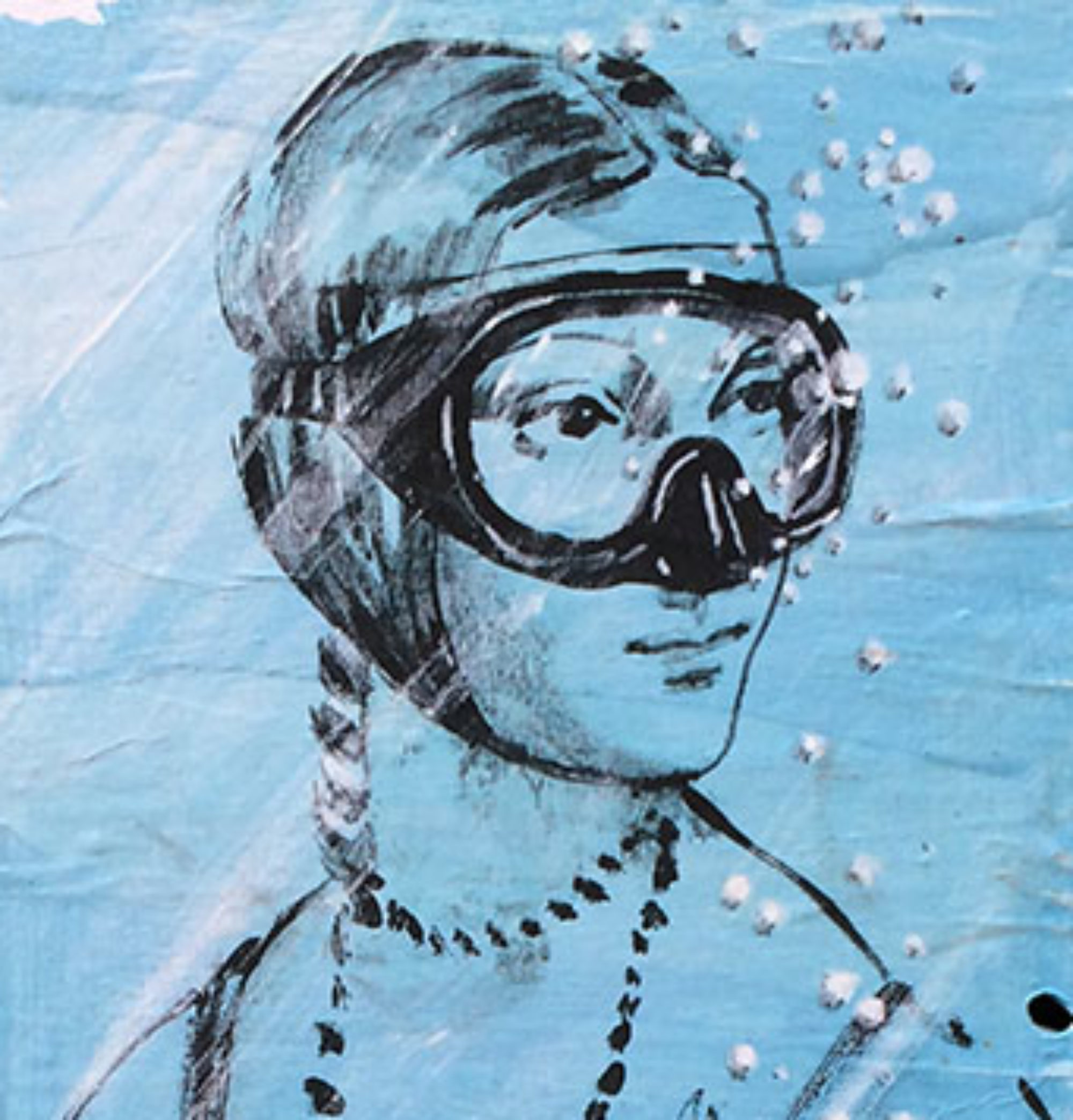Tuesday, 1 February 2011, 19:00
In her thesis Architectural competition as performance, Stina Hagelqvist analyses the increasingly strong position of architectural competition as a phenomenon. Architects gradually exercised greater control over the realization of competitions; the competitive process was institutionalized and rendered as a public service.
Stina Hagelqvist, who is an art historian, a teacher and a researcher of architectural history, will describe her research work showing pictures. A discussion will follow on the subject of architectural competitions historically and today with the participation of architect and critic Tomas Lewan.
A bar serving light food will be open from 18:30.
Address: Konstnärsklubben, 2nd floor, Smålandsgatan 7, Stockholm. Ring door bell marked Konstnärsklubben.
The evening is arranged by the Swedish Art Critics Association in collaboration with the Tuesday Club the meeting place for artists at Konstnärshuset (the Artists House) on the first Tuesday of every month.
This event is held in Swedish.
